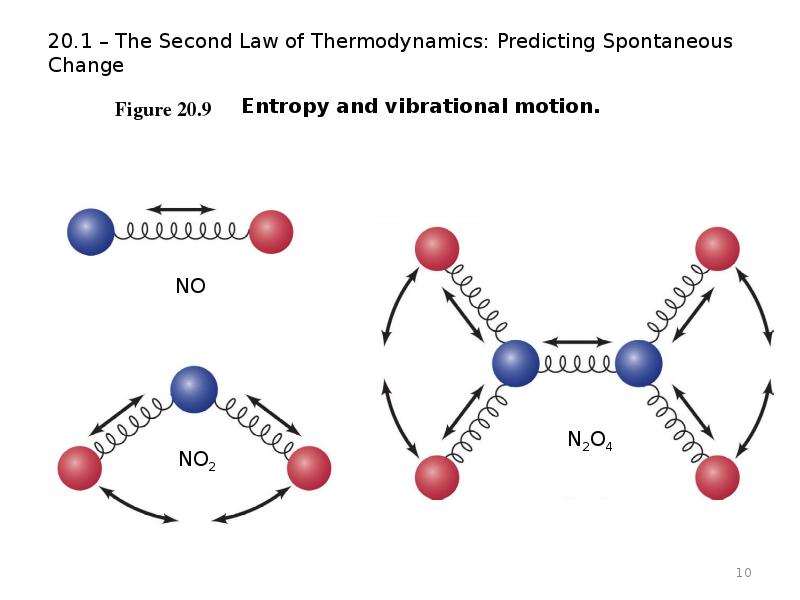Using The Second Law To Predict Spontaneous Change

For decades, predicting whether a chemical reaction or physical process will occur spontaneously has relied heavily on experimental observation and complex calculations. Now, researchers are increasingly harnessing the power of the Second Law of Thermodynamics, specifically the concept of entropy, to develop more efficient and accurate predictive models.
This shift promises to revolutionize fields ranging from materials science and drug discovery to environmental remediation and energy storage, offering a more fundamental understanding of spontaneous change.
The Second Law and Spontaneous Change
The Second Law of Thermodynamics, in essence, states that the total entropy of an isolated system can only increase over time or remain constant in ideal cases. Entropy, often described as a measure of disorder or randomness, is a crucial factor in determining the spontaneity of a process. A spontaneous process is one that occurs without external intervention.
Traditionally, predicting spontaneity involved calculating changes in Gibbs Free Energy, a thermodynamic potential that combines enthalpy (heat) and entropy. However, directly applying the Second Law by focusing on entropy changes offers a more intuitive and, in some cases, more computationally efficient approach.
How It Works
Researchers are developing computational models that simulate the interactions between molecules and predict the resulting change in entropy. These models often incorporate statistical mechanics and molecular dynamics simulations to track the movement and energy of individual particles.
By accurately predicting the increase in entropy associated with a particular process, scientists can determine whether that process is likely to occur spontaneously. This approach is particularly useful for complex systems where traditional methods struggle.
“The key is to accurately capture the degrees of freedom and the potential energy landscape of the system,” explains Dr. Anya Sharma, a leading researcher in computational thermodynamics at the Massachusetts Institute of Technology (MIT). “Better computational power combined with more sophisticated algorithms are making these calculations increasingly feasible.”
Applications in Materials Science
In materials science, the Second Law is being used to design new materials with specific properties. For instance, researchers are using entropy-based models to predict the formation of alloys and other composite materials.
By understanding how different elements mix and interact at the atomic level, scientists can create materials with enhanced strength, durability, or conductivity. This knowledge could lead to breakthroughs in areas such as lightweight structural materials for aerospace or high-performance electrodes for batteries.
A recent study published in Nature Materials demonstrated the use of entropy calculations to predict the spontaneous formation of a novel high-entropy alloy with exceptional resistance to corrosion. The alloy, composed of five different metals, exhibits a unique microstructure that contributes to its enhanced properties.
Drug Discovery and Development
The pharmaceutical industry is also exploring the use of the Second Law to accelerate drug discovery. Predicting how a drug molecule will interact with a target protein is crucial for developing effective therapies.
Entropy-based models can help researchers understand the spontaneity of drug binding, predicting whether a particular drug candidate will bind strongly to its target. This can significantly reduce the time and cost associated with drug development by identifying promising candidates early in the process.
Pfizer, for example, is reportedly using computational methods based on entropy to screen potential drug candidates for various diseases, according to publicly available research abstracts and conference presentations.
Environmental Remediation
The Second Law can also play a role in environmental remediation efforts. Scientists are using entropy calculations to predict the spontaneous degradation of pollutants in the environment.
By understanding how different pollutants break down under various conditions, researchers can develop more effective strategies for cleaning up contaminated sites. This could involve designing microorganisms or chemical catalysts that can accelerate the degradation process.
For example, researchers at the Environmental Protection Agency (EPA) are investigating the use of entropy-based models to predict the degradation of per- and polyfluoroalkyl substances (PFAS), a class of persistent pollutants that pose a significant threat to human health and the environment.
Challenges and Future Directions
Despite the promising advances, significant challenges remain in accurately modeling entropy changes in complex systems. Computational power is still a limiting factor, and more sophisticated algorithms are needed to capture the intricate interactions between molecules.
Furthermore, experimental validation is crucial to ensure the accuracy of the computational models. Researchers are working to develop new experimental techniques that can directly measure entropy changes in real-world systems.
“The future of this field lies in the integration of computational modeling and experimental validation,” says Dr. Sharma. “By combining these approaches, we can unlock the full potential of the Second Law for predicting spontaneous change and developing innovative solutions to a wide range of challenges.”
As computational power increases and our understanding of complex systems deepens, the Second Law of Thermodynamics promises to become an increasingly powerful tool for predicting and controlling spontaneous change, shaping the future of numerous scientific and technological fields.
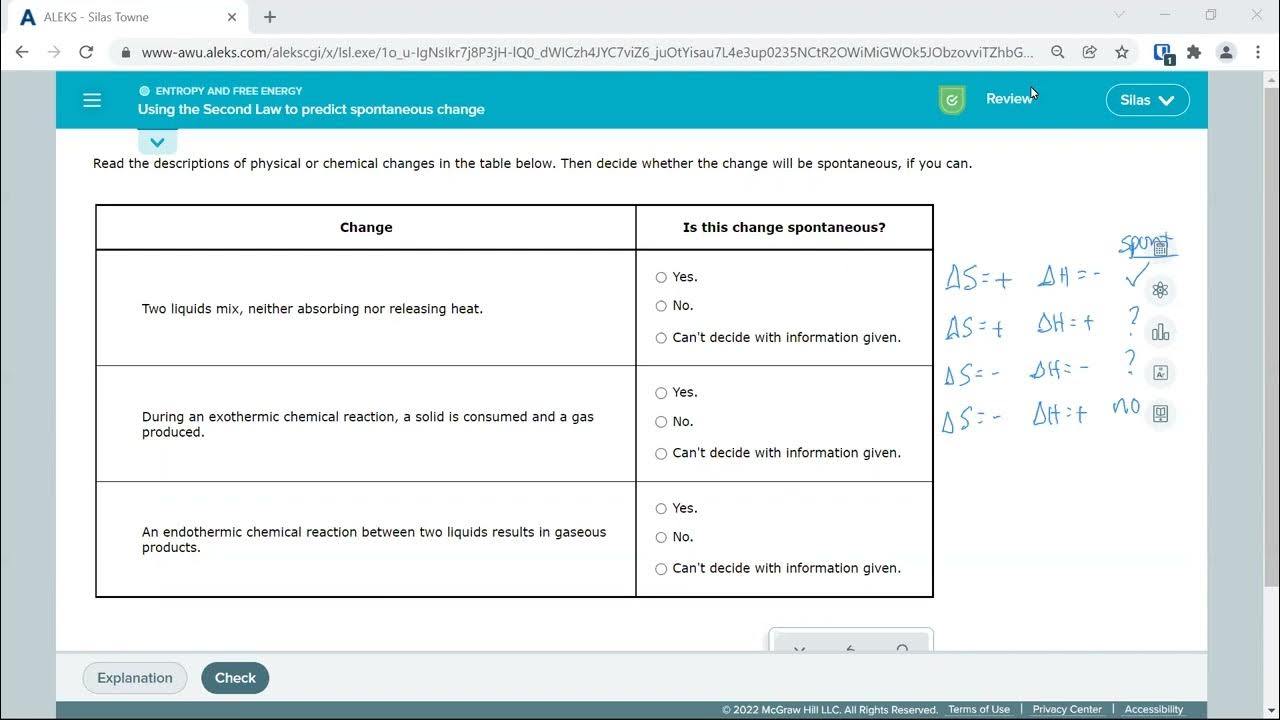
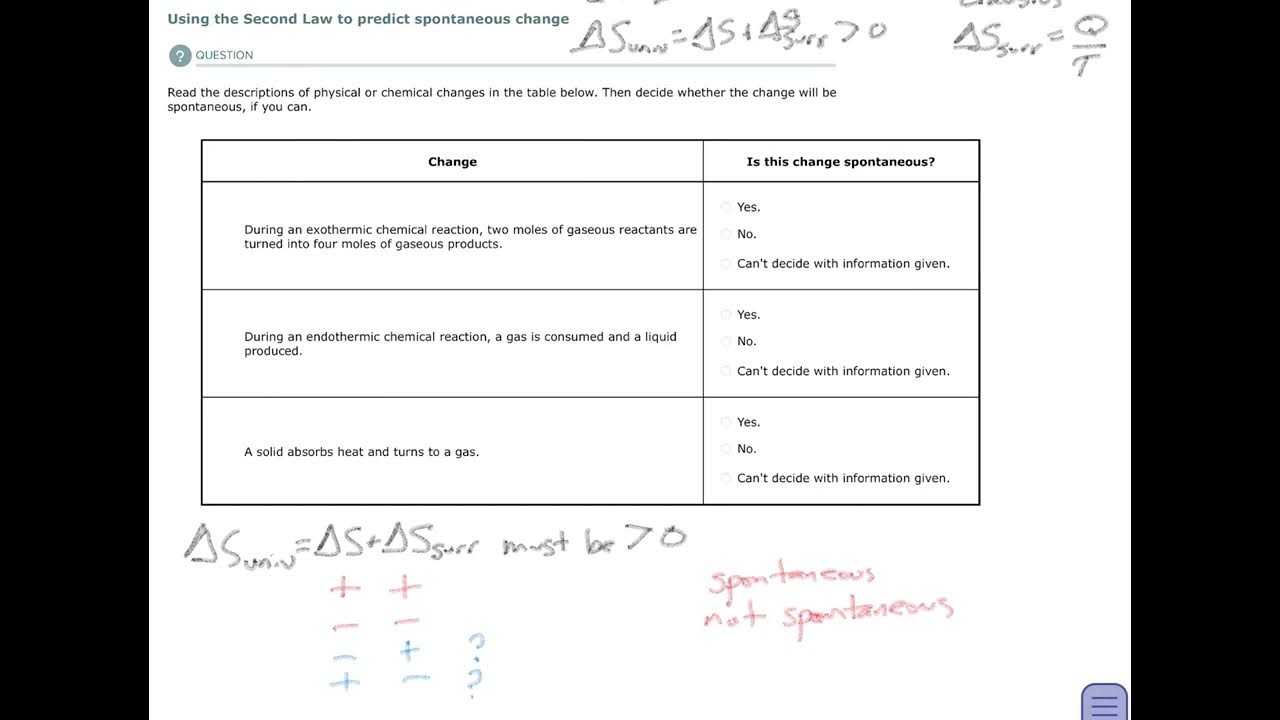
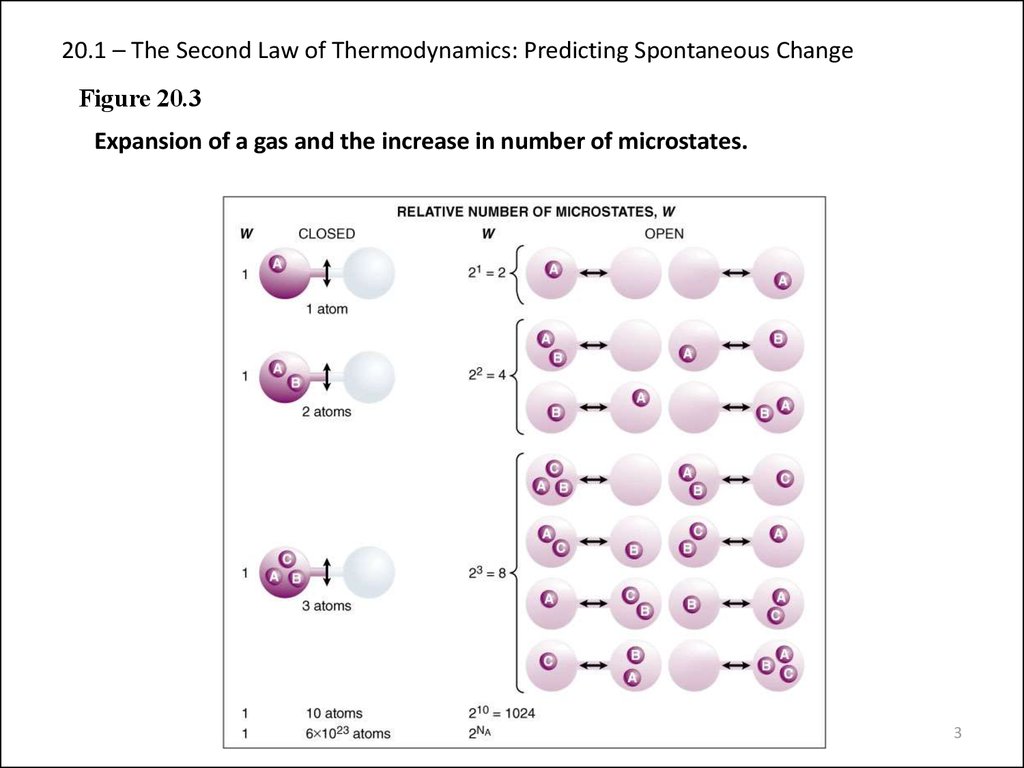

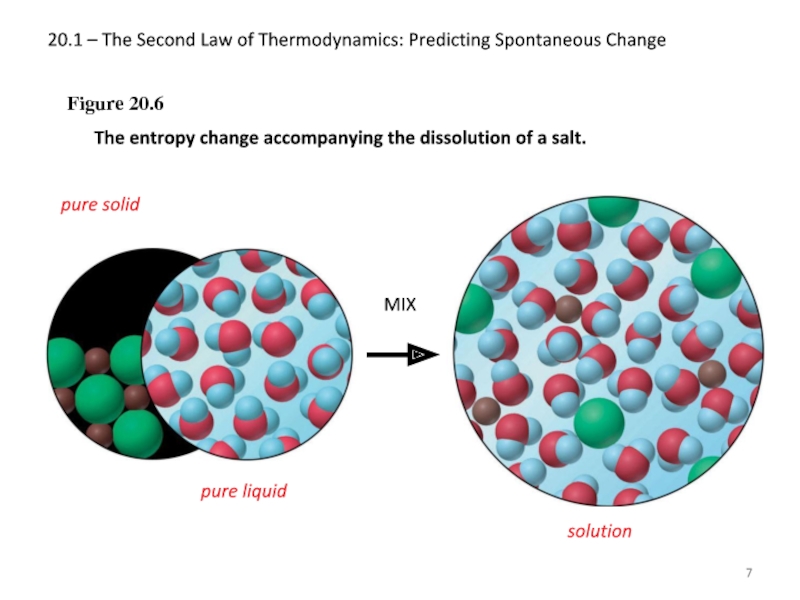

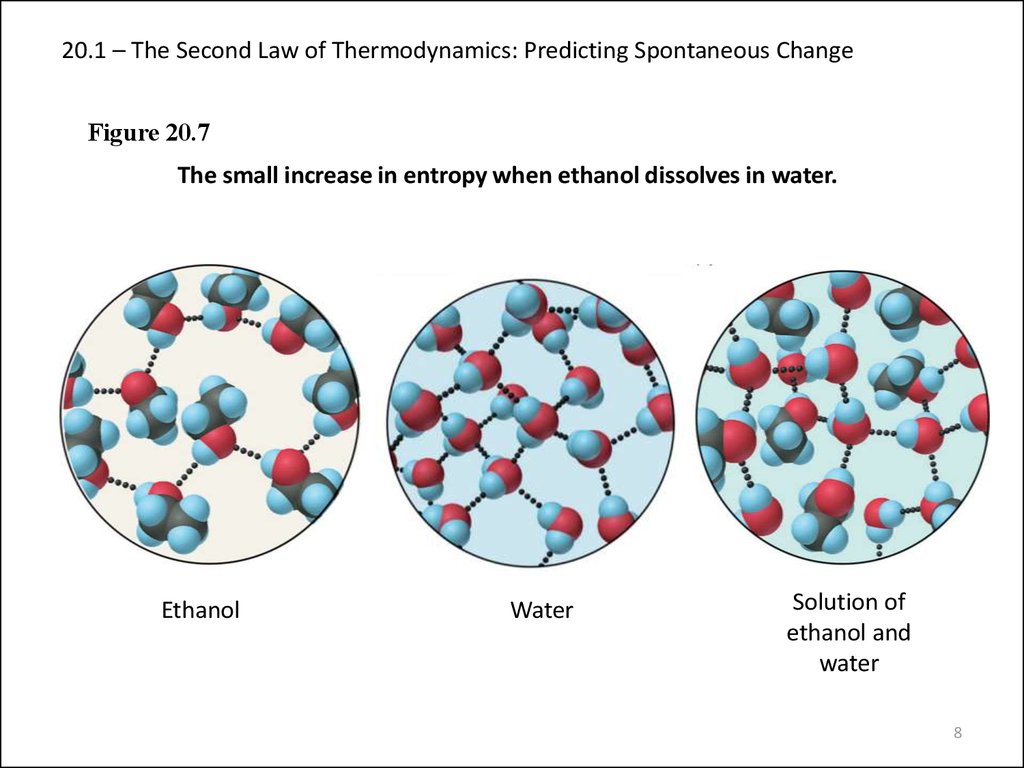




+the+system+and+surroundings+to+predict+if+a.jpg)
